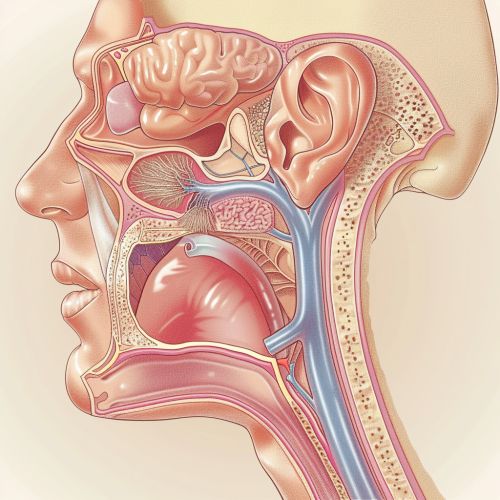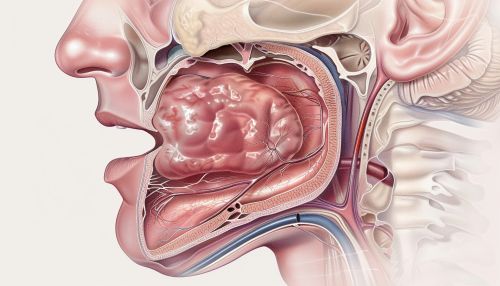Vocal resonation
Introduction
Vocal resonation refers to the process by which the sound produced by the vocal folds is amplified and modified by the resonating cavities of the vocal tract. This phenomenon plays a crucial role in the production of speech and singing, affecting the timbre, volume, and quality of the voice. Vocal resonation involves the interaction of various anatomical structures, including the pharynx, oral cavity, nasal cavity, and sinuses.
Anatomy of Vocal Resonation
The Vocal Folds
The vocal folds (or vocal cords) are located within the larynx and are the primary source of sound production. When air from the lungs passes through the closed vocal folds, they vibrate, creating sound waves. The fundamental frequency of these vibrations determines the pitch of the voice.
The Pharynx
The pharynx is a muscular tube that extends from the base of the skull to the esophagus. It is divided into three sections: the nasopharynx, oropharynx, and laryngopharynx. The pharynx acts as a resonating chamber, amplifying and modifying the sound produced by the vocal folds.
The Oral Cavity
The oral cavity includes the mouth, tongue, teeth, and hard and soft palates. It is highly flexible and can change shape to alter the resonance of the voice. The position of the tongue and the shape of the mouth significantly influence the quality of the sound.
The Nasal Cavity
The nasal cavity plays a role in nasal resonance, particularly for nasal sounds like /m/, /n/, and /ŋ/. The nasal cavity adds a unique quality to the voice, contributing to its overall timbre.
The Sinuses
The sinuses are air-filled cavities located within the bones of the skull. They include the maxillary, frontal, ethmoid, and sphenoid sinuses. While their role in vocal resonation is less pronounced than other structures, they can still affect the quality of the voice.


Mechanisms of Vocal Resonation
Harmonic Amplification
Harmonic amplification occurs when certain frequencies of the sound waves produced by the vocal folds are amplified by the resonating cavities of the vocal tract. This selective amplification enhances specific harmonics, contributing to the richness and fullness of the voice.
Formants
Formants are resonant frequencies of the vocal tract that shape the sound of the voice. The first two formants, F1 and F2, are particularly important in distinguishing different vowel sounds. The position and movement of the tongue, lips, and jaw influence the formant frequencies.
Vocal Tract Length and Shape
The length and shape of the vocal tract play a crucial role in vocal resonation. A longer vocal tract typically results in lower formant frequencies, while a shorter vocal tract produces higher formant frequencies. The shape of the vocal tract can be altered by movements of the tongue, lips, and soft palate.
Factors Influencing Vocal Resonation
Anatomical Variations
Individual differences in the anatomy of the vocal tract can significantly affect vocal resonation. Factors such as the size and shape of the pharynx, oral cavity, and nasal cavity contribute to the unique quality of each person's voice.
Vocal Technique
Proper vocal technique is essential for optimal vocal resonation. Singers and speakers can learn to manipulate their vocal tract to enhance resonance, improve projection, and achieve a desired vocal quality.
Health and Hydration
The health of the vocal folds and resonating cavities is crucial for effective vocal resonation. Hydration, vocal rest, and avoiding irritants such as smoking can help maintain vocal health and enhance resonance.
Applications of Vocal Resonation
Speech Therapy
Speech therapists use knowledge of vocal resonation to help individuals with speech disorders. Techniques such as resonance therapy can improve speech clarity and vocal quality in individuals with conditions like dysarthria and voice disorders.
Singing
Singers rely on vocal resonation to produce a rich, full sound. Techniques such as bel canto and speech level singing emphasize the importance of resonance in achieving a powerful and expressive voice.
Voice Acting
Voice actors use vocal resonation to create a wide range of characters and emotions. By manipulating their vocal tract, they can produce different vocal qualities and timbres to suit various roles.
